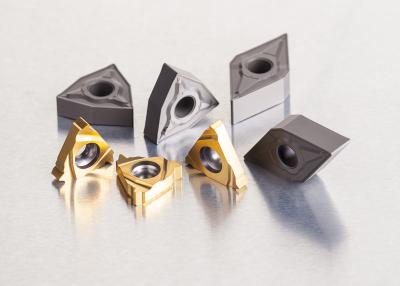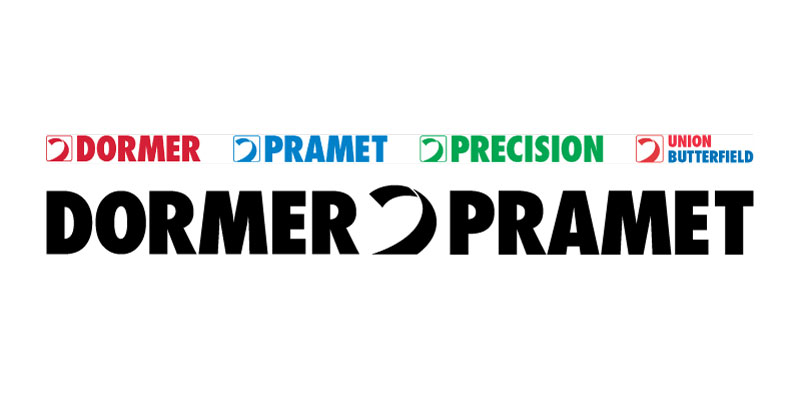
The Pramet T8010 is suitable for continuous precision threading of steels, stainless steel, cast iron and superalloys. It further extends our assortment in this application area and supports the universal grade T8030.
Offering excellent wear resistance while ensuring operational reliability and accuracy. The T8010 has enhanced plastic deformation resistance, which provides a stable cutting-edge prolonging durability. The New Pramet T8010 allows for high cutting speeds resulting in high productivity.
A gold finish on the insert provides a simple wear indicator, while a hard substrate and PVD coating has been optimized to deal with interior residual stress, helping to improve tool life.
Contact Details
Related Glossary Terms
- physical vapor deposition ( PVD)
physical vapor deposition ( PVD)
Tool-coating process performed at low temperature (500° C), compared to chemical vapor deposition (1,000° C). Employs electric field to generate necessary heat for depositing coating on a tool’s surface. See CVD, chemical vapor deposition.
- plastic deformation
plastic deformation
Permanent (inelastic) distortion of metals under applied stresses that strain the material beyond its elastic limit.
- residual stress
residual stress
Stress present in a body that is free of external forces or thermal gradients.
- superalloys
superalloys
Tough, difficult-to-machine alloys; includes Hastelloy, Inconel and Monel. Many are nickel-base metals.
- threading
threading
Process of both external (e.g., thread milling) and internal (e.g., tapping, thread milling) cutting, turning and rolling of threads into particular material. Standardized specifications are available to determine the desired results of the threading process. Numerous thread-series designations are written for specific applications. Threading often is performed on a lathe. Specifications such as thread height are critical in determining the strength of the threads. The material used is taken into consideration in determining the expected results of any particular application for that threaded piece. In external threading, a calculated depth is required as well as a particular angle to the cut. To perform internal threading, the exact diameter to bore the hole is critical before threading. The threads are distinguished from one another by the amount of tolerance and/or allowance that is specified. See turning.
- wear resistance
wear resistance
Ability of the tool to withstand stresses that cause it to wear during cutting; an attribute linked to alloy composition, base material, thermal conditions, type of tooling and operation and other variables.

